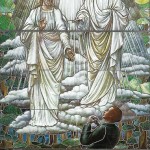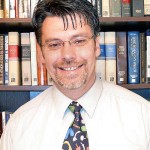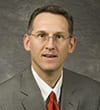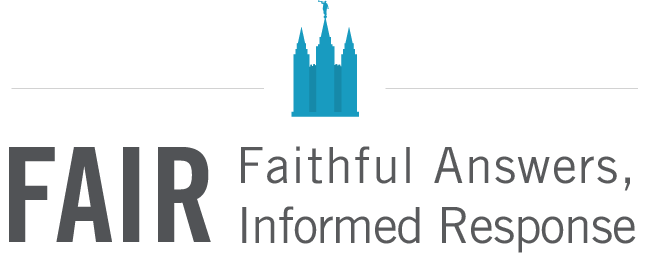Podcast: Download (19.2MB)
Subscribe: RSS
 Brother Ned Scarisbrick and Nick Galieti discuss some of the core doctrines of the Church of Jesus Christ of Latter-day Saints and how we understand them from a general member perspective.
Brother Ned Scarisbrick and Nick Galieti discuss some of the core doctrines of the Church of Jesus Christ of Latter-day Saints and how we understand them from a general member perspective.
Future podcasts in this series will be geared toward the practical application of gospel principles based on truth and transparency of past and present Church teachings and leaders. Critics of the Church and those who have concerns about their faith may find this approach appealing from previous generations who may have had difficulty dealing with what some consider conflicting viewpoints of official Church doctrine.
The view and opinions expressed in this podcast may not represent those of the Church of Jesus Christ of Latter-day Saints or that of FairMormon.







